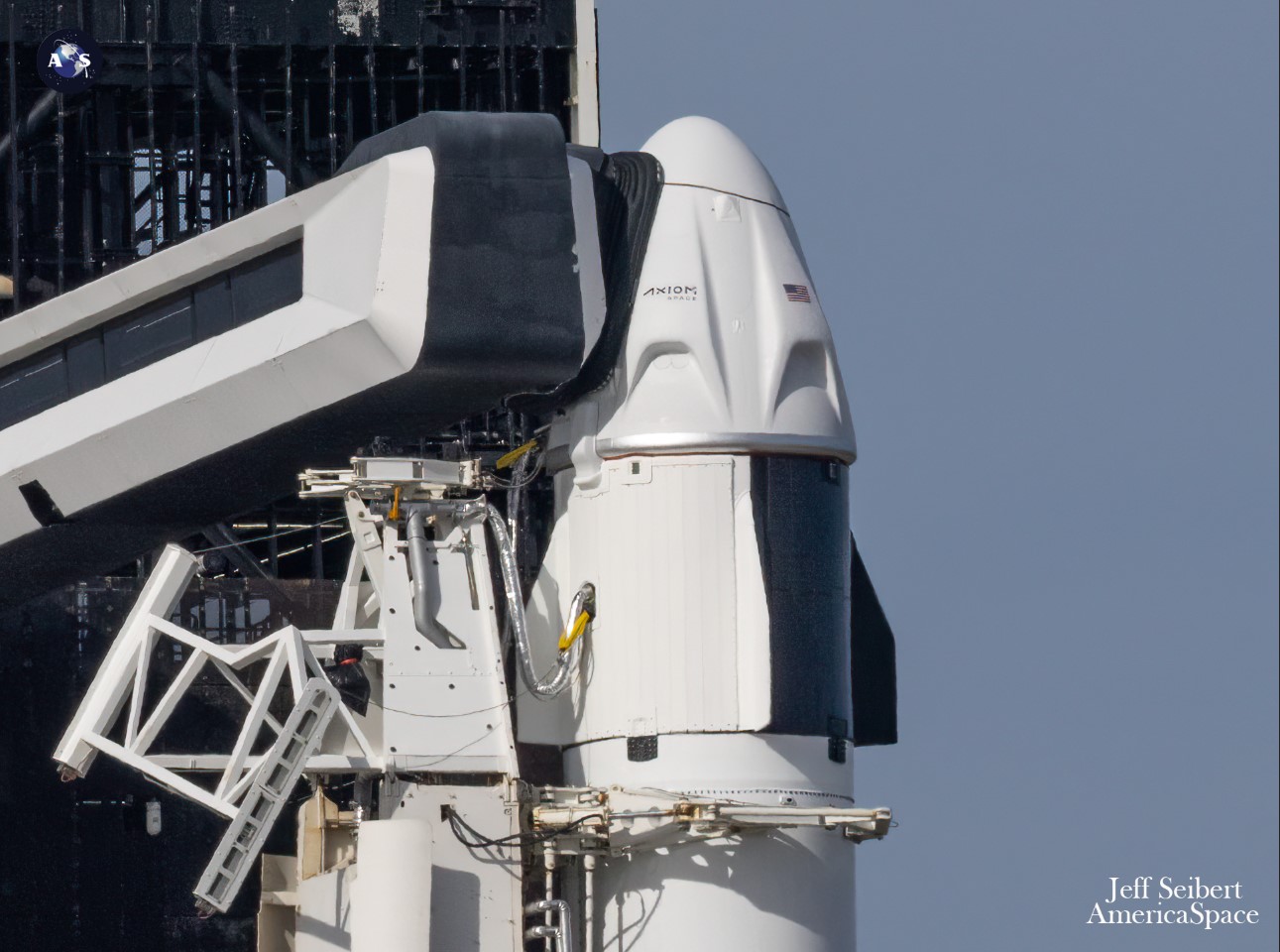
SpaceX and AxiomSpace, Inc., are now targeting Thursday afternoon at 4:49 p.m. EST to fly the all-private Ax-3 mission to the International Space Station (ISS), after Wednesday’s opening launch attempt was called off. “The additional time,” explained SpaceX after yesterday’s scrub, “allows teams to complete pre-launch checkouts and data analysis on the vehicle.”
Specifically, this additional time will permit engineers to focus on the Crew Dragon’s parachute system energy modulator. This comprises a series of straps which connect the spacecraft’s parachute bag to its parachute door.
“These straps are folded and stitched together such that when they pull apart, the connecting stitches intentionally break, allowing the straps to pull apart at a constant force,” NASA explained. “This regulates the amount of load applied to the main parachutes, which takes place as the parachute door and drogues extract the mains out of the spacecraft during the handoff from drogues to mains.”
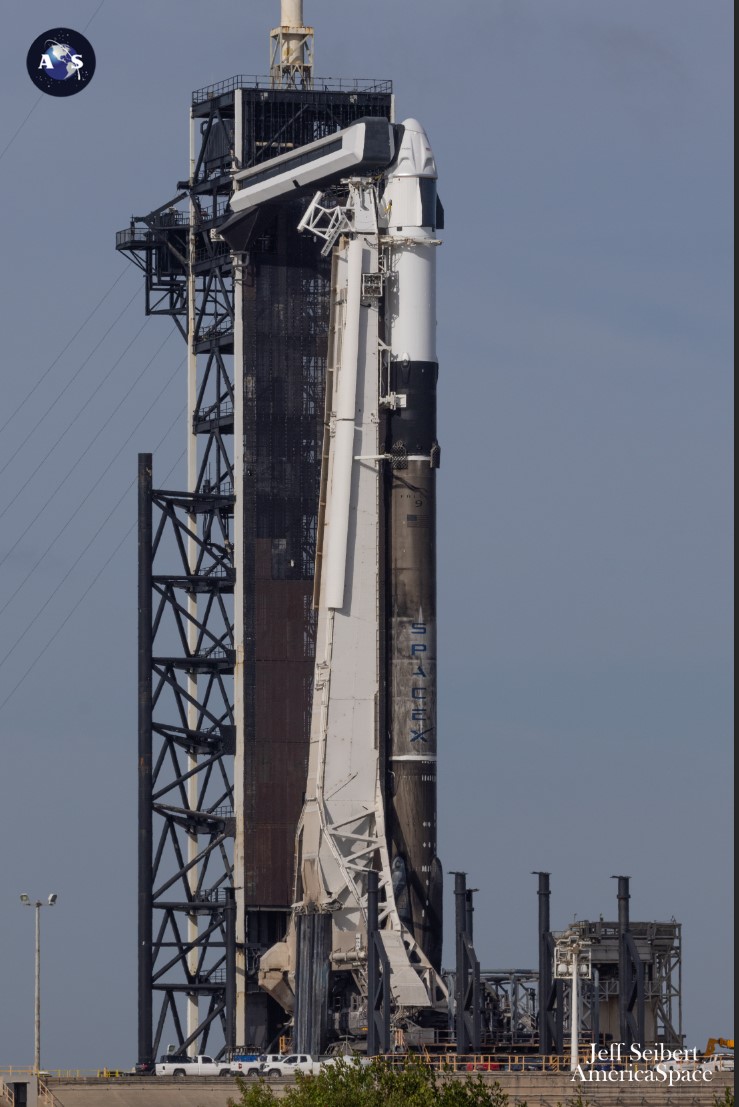
Following the homeward-bound return of an uncrewed Cargo Dragon last month after the research-heavy CRS-29 mission in support of NASA’s Commercial Resupply Services program, SpaceX engineers observed that some of the stitches did not pull through in the expected manner. “While there is built-in margin through multiple energy modulators,” NASA added, “SpaceX felt it was prudent to evaluate recent test data and this condition has been corrected on Ax-3.”
Ax-3 will see the twice-flown Dragon Freedom rise to space atop the four-times-used B1080 Falcon 9 booster, led by former NASA astronaut, veteran ISS commander and America’s premier spacewalker Mike Lopez-Alegria, together with Italy’s Walter Villadei, Sweden’s Marcus Wandt and the first national spacefarer of Türkiye, Alper Gezeravcı, for a 14-day stay aboard the sprawling orbital complex. The quartet—who can claim ancestry from no less than six sovereign nations—will conduct around 36 experiments spanning human health and wellbeing, radiation exposure, genetic expression and Earth observations alongside the station’s incumbent Expedition 70 crew, before Freedom returns to Earth and a parachute-assisted splashdown off the Florida Coast early in February.
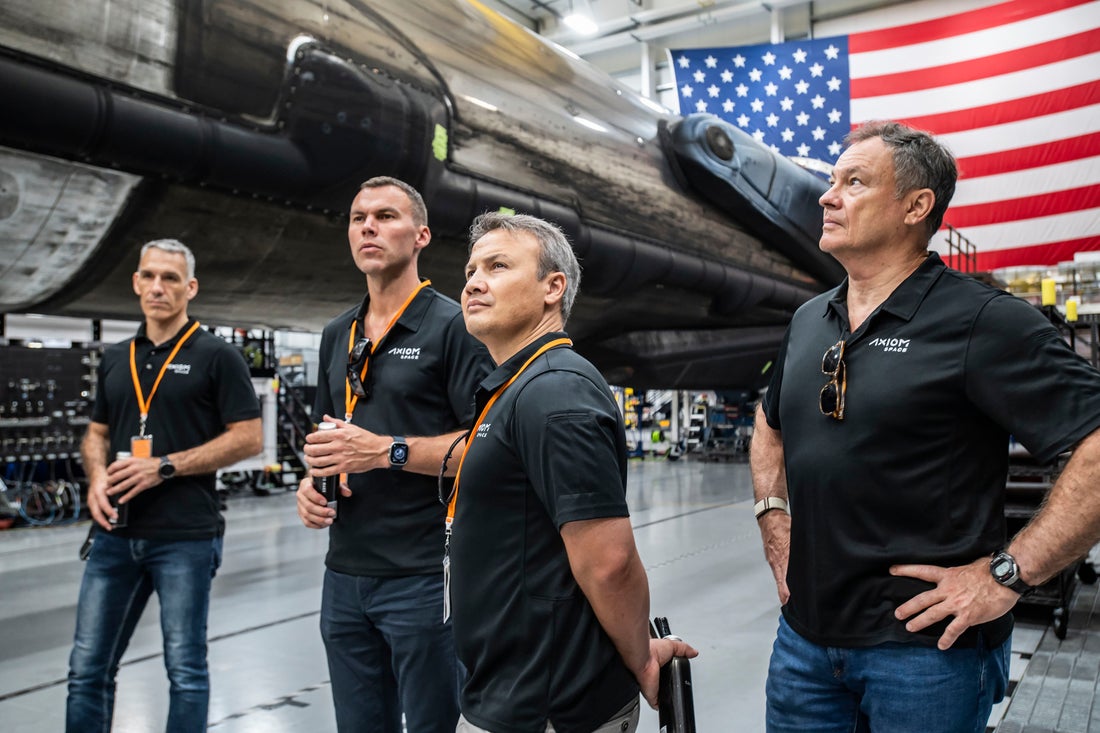
Lopez-Alegria, a U.S. astronaut of Spanish heritage, will become the tenth human to make a sixth spaceflight, following in the footsteps of such past luminaries as Gemini, Apollo and shuttle legend John Young, Hubble Space Telescope (HST) repairman and the only person to have flown all five Space Shuttle orbiters, Story Musgrave, and the second most flight-experienced space traveler of all time, Russia’s Yuri Malenchenko. Aged 65, he will also break his own record, set two years ago, as the oldest commander of a space mission.
In comments provided earlier this week, Lopez-Alegria has no intention to hang up his spaceflying helmet just yet. When he passes the “John Young Glass Ceiling” of six spaceflights, hopefully later today, only two other people—former shuttle astronauts Franklin Chang-Diaz and Jerry Ross—have reached record-tying seventh missions. “We’ll probably have other commanders in the future,” Lopez-Alegria acquiesced with an impish grin, “but as long as they ask me to fly, my hand’ll be raised.”
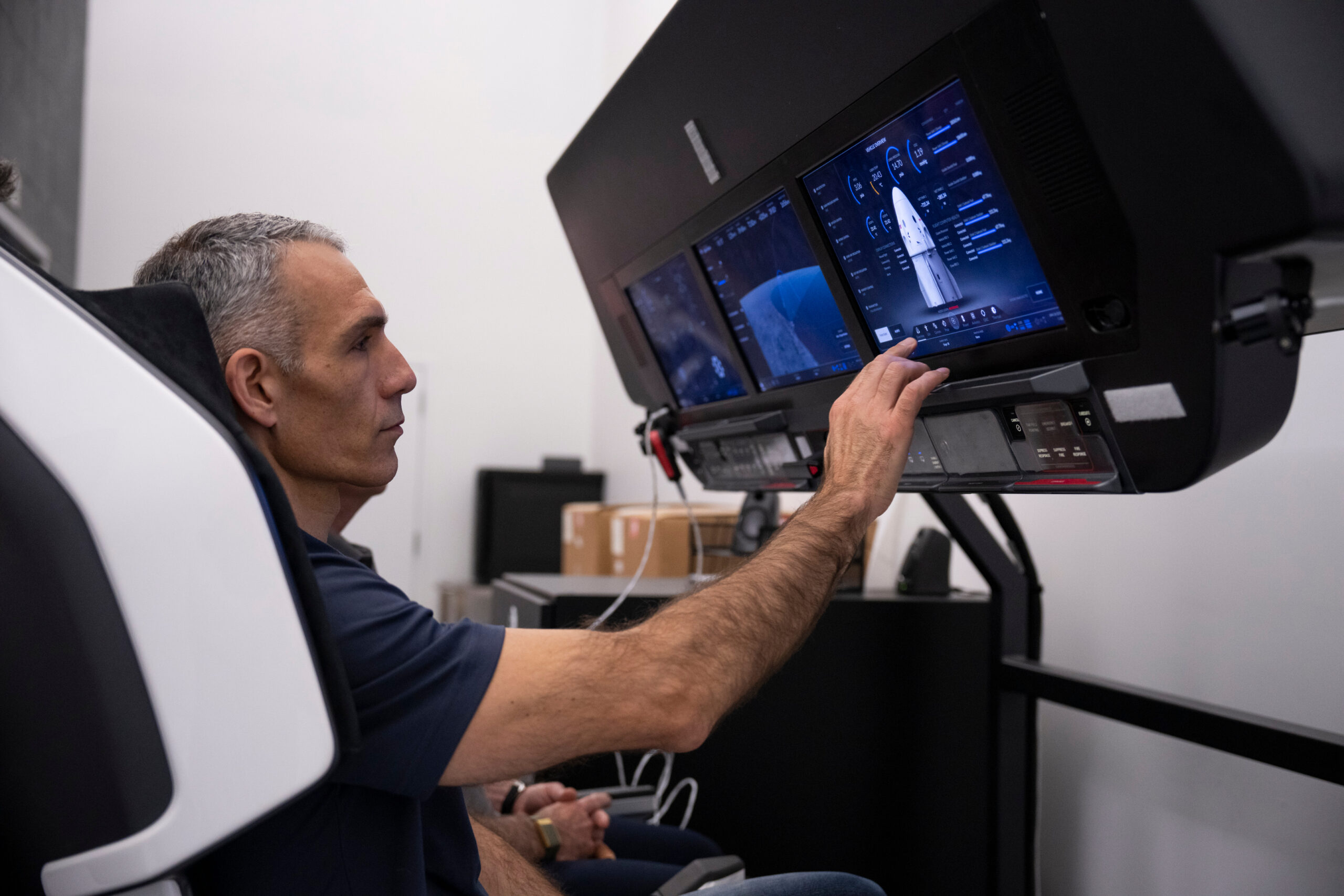
Villadei, an Italian Air Force colonel, becomes the second non-American to pilot a U.S. spacecraft. He becomes the eighth Italian national to venture into space, whilst Gezeravcı will be the first astronaut of Türkiye and Wandt—who has Swedish and Norwegian ancestry—is the first European Space Agency (ESA) spacefarer to fly a commercial ISS mission outside of NASA or Roscosmos, as well as enjoying the shortest selection-to-flight regime of any professional spacefarer, having been chosen as an ESA project astronaut just over a year ago in November 2022.
To honor their respective nations, Villadei will carry an Italian flag, Wandt a few family items and a Nobel Prize Medal—which he describes as “a symbol for science and spreading the knowledge of science”—and Gezeravcı is taking along photographs of his nephews, mementoes of native Turkish nomadic cultures and family keepsakes. With Villadei having been training as an AxiomSpace professional astronaut since January 2022, contracts between Houston, Texas-based AxiomSpace and Türkiye were signed in September 2022 and and in April of last year “a letter of intent” was initialed with the Swedish National Space Agency (SNSA) to fly “an ESA astronaut” to the ISS.
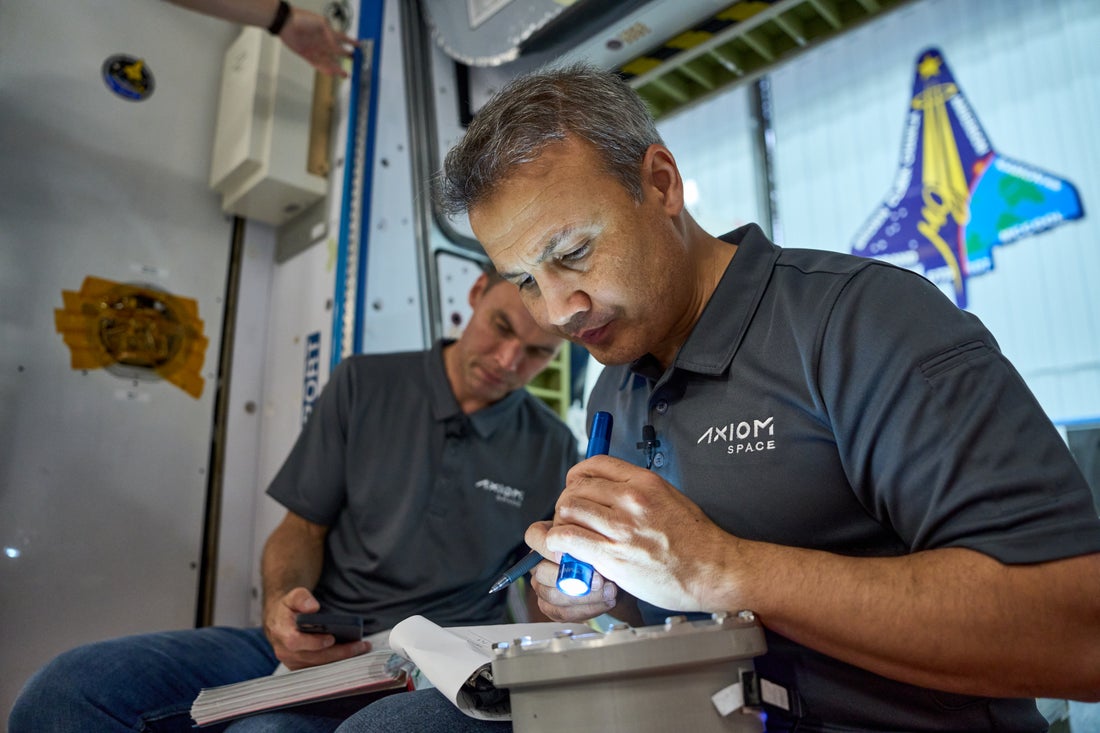
It became readily apparent that the ESA seat would go to Sweden, but despite Wandt being the only Swede in active astronaut training his very recent selection into the European corps made such an early assignment something of a surprise. “Sweden was very decisive on this,” said Wandt of his country’s desire to secure the Ax-3 seat.
Wandt becomes the second Swede in space, following Christer Fuglesang who flew a pair of shuttle missions and performed five sessions of Extravehicular Activity (EVA) in December 2006 and summer 2009. Fuglesang—whose first trip to the ISS also coincided with Lopez-Alegria’s command of the space station during Expedition 14—was pictured in Florida earlier this week to watch Wandt’s launch.
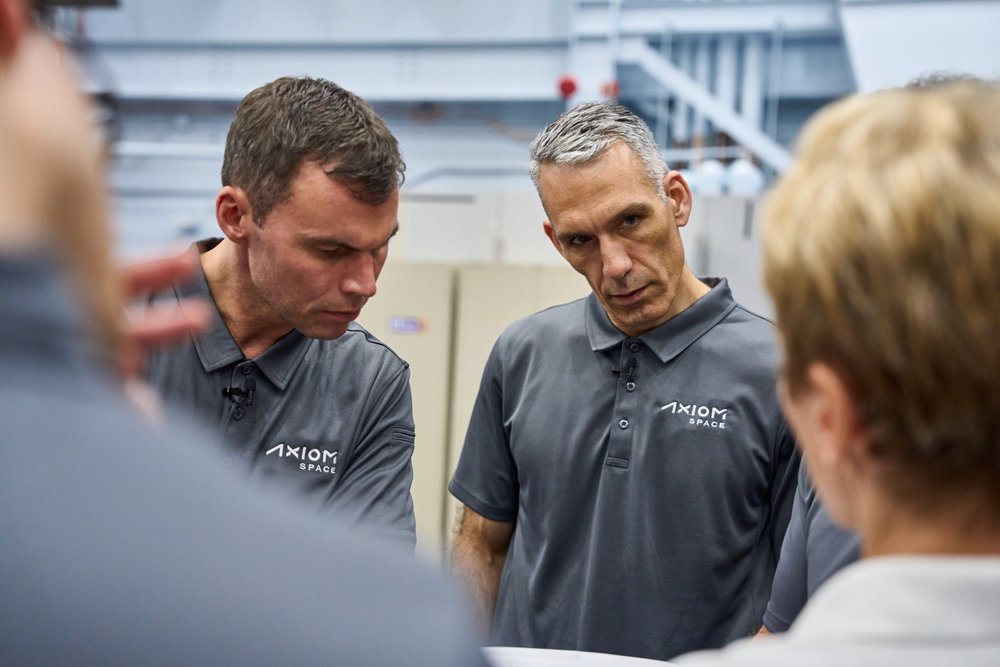
Dragon Freedom previously supported the six-month Crew-4 increment between April and October of 2022 as well as last spring’s nine-day Ax-2 mission, totaling more than 179 days in space and over 90,000 orbits of Earth. In readiness for its third trek to the ISS, Freedom—whose name honors both the fundamental human right, according to Crew-4 Commander Kjell Lindgren, and Freedom 7, the space capsule flown by America’s first astronaut, Alan Shepard—has received two critical upgrades for Ax-3: a retorquing of joints between the Crew Dragon and the Falcon 9 booster and work on “energy modulators” which connect the ship’s parachutes to their parachute doors.
In readiness for Ax-3, Dragon Freedom arrived at the hangar at the foot of historic Pad 39A at Florida’s Kennedy Space Center (KSC) last Friday, where it was integrated atop the B1080 booster in a horizontal configuration. The 230-foot-tall (70-meter) stack was then transported out to the pad surface and raised vertical over the weekend.
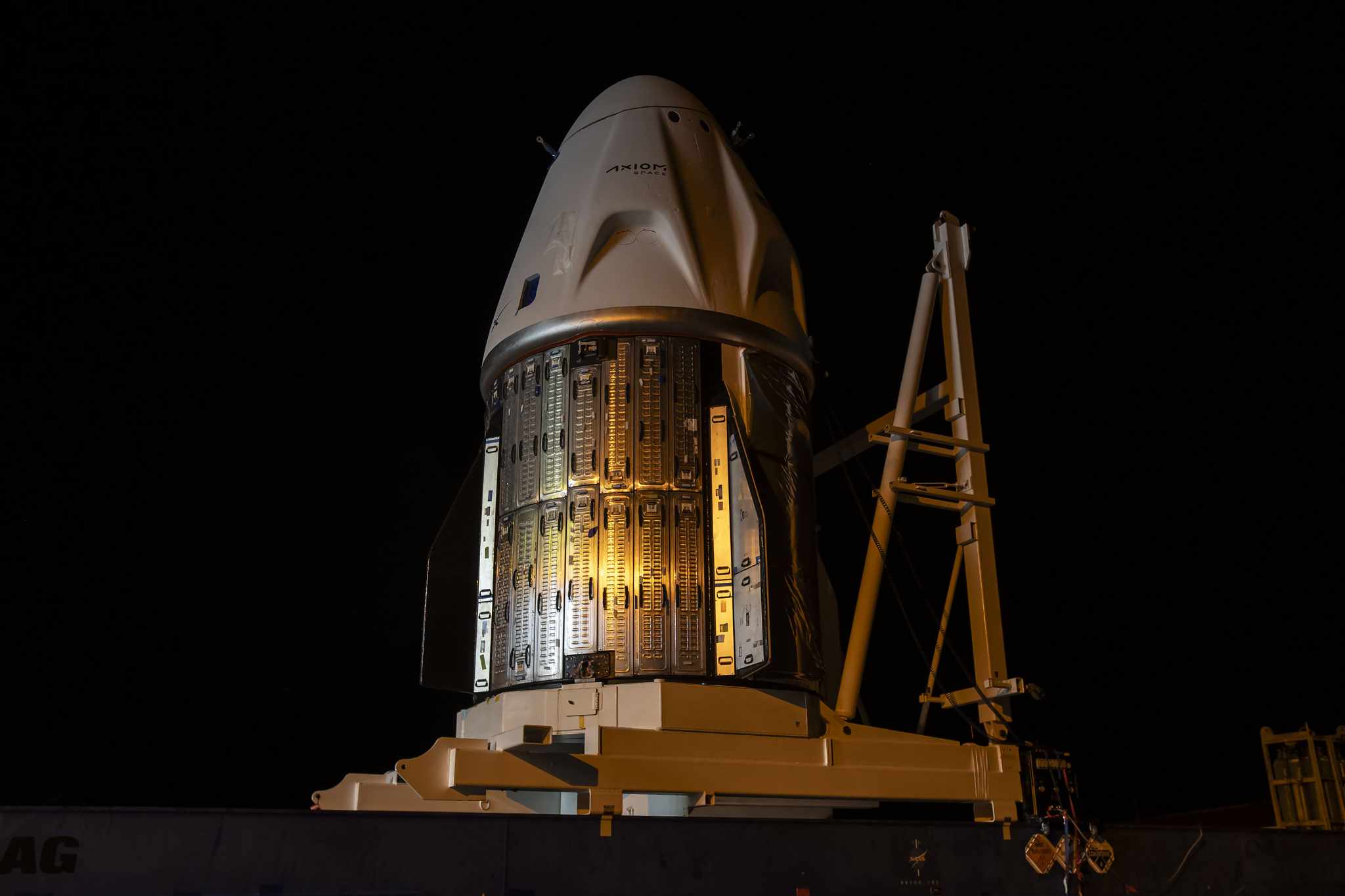
Uniquely, this marks the first occasion that both booster and capsule have flown two crewed missions together. Although three prior boosters have each logged two crew-carrying flights—B1061 with Crew-1 and Crew-2, B1062 with Inspiration4 and Ax-1 and B1067 with Crew-3 and Crew-4—B1080 is the first time that the same booster and the exact same Crew Dragon spacecraft have flown together on more than one occasion.
The duo previously flew together on last year’s Ax-2 mission to the ISS, a nine-day research flight commanded by former NASA astronaut Peggy Whitson whose crew also included airshow pilot and businessman John Shoffner and Saudi Arabia’s Ali Al-Qarni and Rayyanah Barnawi, the latter of whom became the first Arab woman space traveler. More recently, B1080 logged three additional launches between July and October, delivering Europe’s Euclid deep-space observatory uphill and deploying dozens of Starlink internet communications satellites into low-Earth orbit.
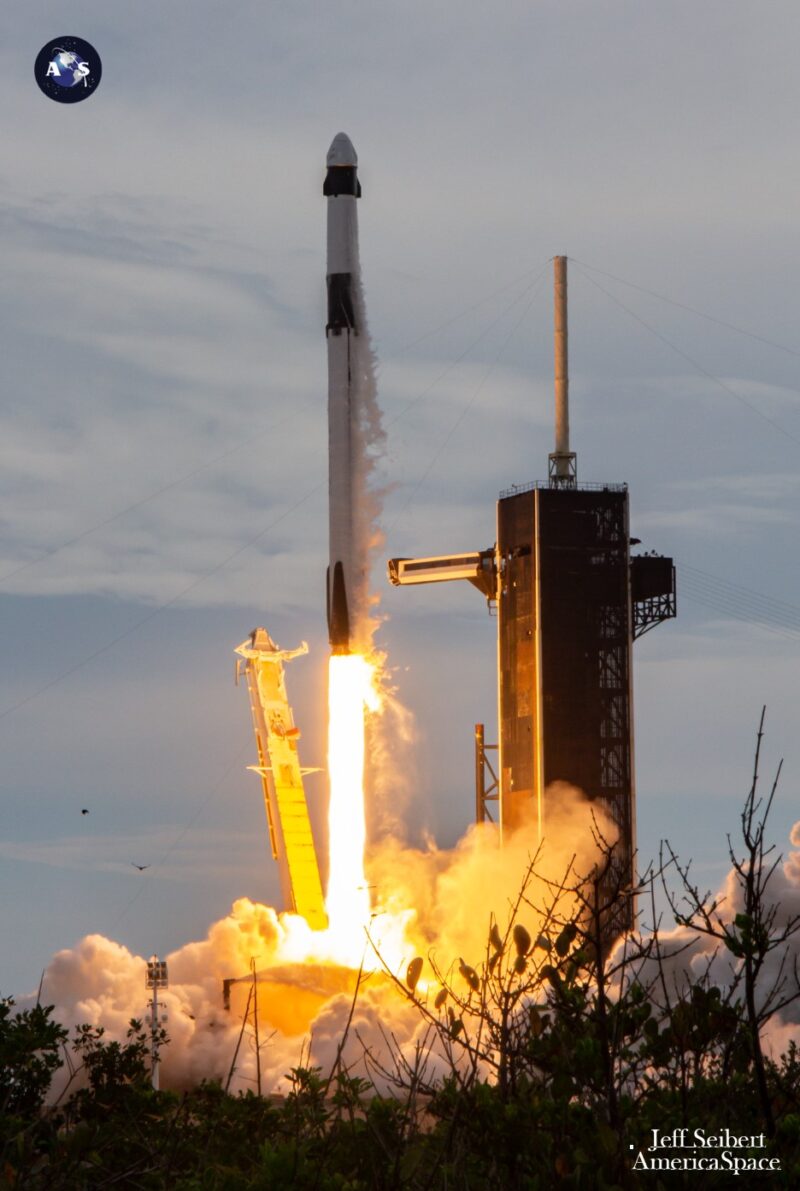
Following a “Dry Dress” rehearsal of pre-launch milestones, including the participation of the crew, on Monday, the B1080 booster was put through a relatively rare Static Fire Test of its nine Merlin 1D+ engines on Tuesday, initially targeting an “instantaneous” T-0 at 5:11 p.m. EST Wednesday. In an interesting throwback to earlier eras, Lopez-Alegria tweeted images of his crew playing a card game not unlike “Possum’s Fargo”, a pre-launch tradition for Space Shuttle astronauts which required the commander to use up all his bad luck—by losing each hand—before heading to the launch pad.
“It’s a spaceflight tradition for the crew to play cards until the commander wins a round,” Lopez-Alegria tweeted Wednesday. “Luckily, it didn’t take too long.”
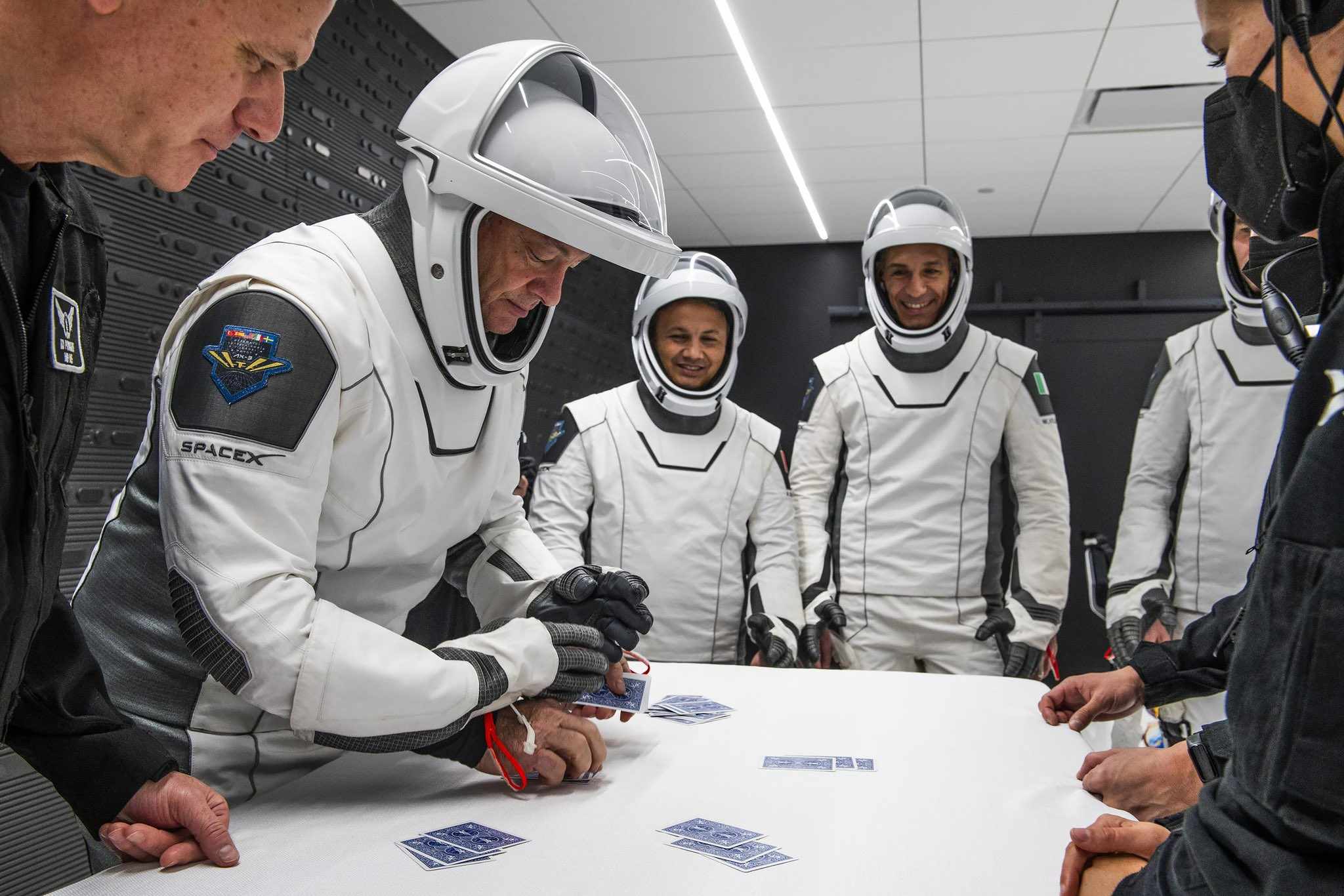
Weather conditions on Wednesday were highly favorable, with a minimal risk of violating the Cumulus Cloud Rule. But ultimately it was SpaceX’s requirement “to complete pre-launch checkouts and data analysis on the vehicle”, including Dragon Freedom’s parachute system, that prompted Wednesday’s launch to be called off and teams realigned for the following day.
Heading into Thursday and Friday, the weather outlook across both hovers around 80-percent-favorable, ahead of a sharp improvement to 95-percent acceptability on Saturday. “Post-frontal high pressure center over the Southeastern U.S. will continue its eastward slide into the Atlantic on Thursday, veering local Spaceport winds out of the south-southeast and introducing low-level moisture,” cautioned the 45th Weather Squadron at Patrick Space Force Base in its L-1 update.
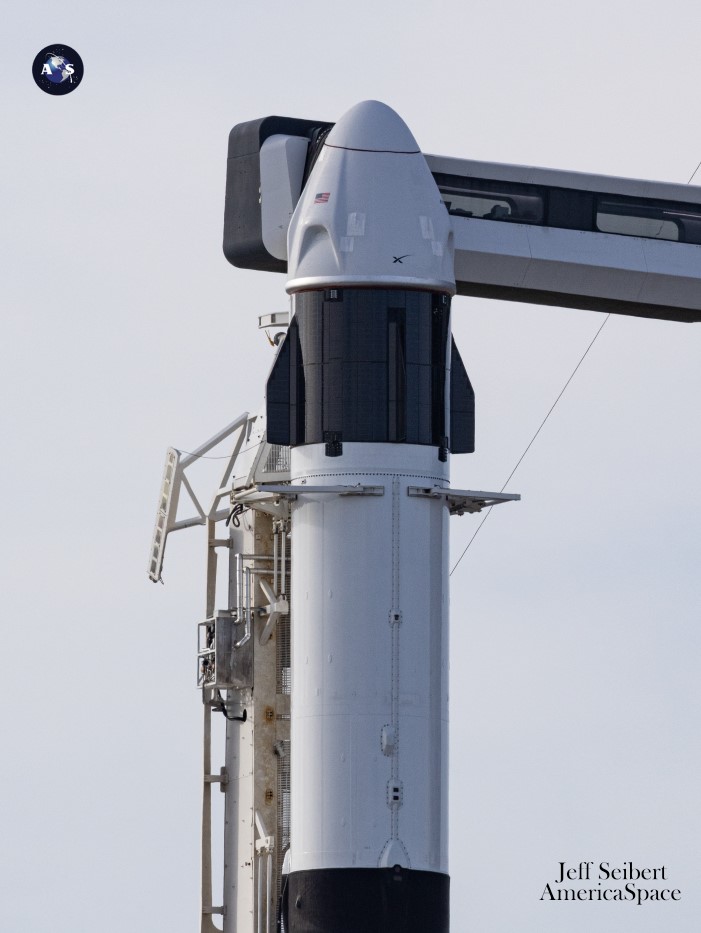
“Models continue to oscillate around how much northward movement the old frontal boundary will have and therefore how much instability the Spaceport will see,” it continued. “They have now swung back towards a more unstable solution, with increasing clouds and chances of showers or even a storm”.
The result is “an increased risk” of violating the Cumulus Cloud Rule and Flight Through Precipitation Rule. “Models seem to have settled on Friday’s frontal passage occurring earlier in the day as the parent low races up the East Coast,” the 45th concluded, presenting a lessened chance of precipitation—through still a risk of lingering clouds, drizzle and heightened liftoff winds—as the Space Coast heads into the weekend.




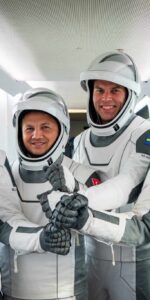
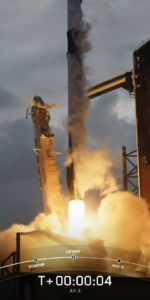
5 Comments
Leave a Reply5 Pings & Trackbacks
Pingback:Ax-3 Launches Safely, Heads for Saturday Space Station Arrival - AmericaSpace
Pingback:Ax-3 Launches Safely, Heads for Saturday Space Station Arrival - SPACERFIT
Pingback:SpaceX Launches Third Vandenberg Mission of January, 2024’s Starlink Count Passes 100+ - SPACERFIT
Pingback:Ax-3 Targets Tuesday Splashdown, Ending Two-Week Space Station Stay - AmericaSpace
Pingback:Ax-3 Targets Tuesday Splashdown, Ending Two-Week Space Station Stay - SPACERFIT